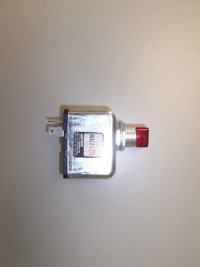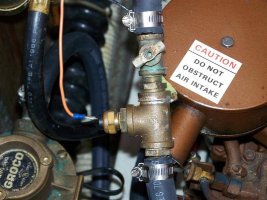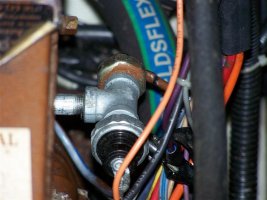mherrcat
Contributing Partner
The red lens and the retaining nut on the oil pressure light/buzzer on my engine control panel snapped off Sunday. (24 years of corrosion I guess...) The light bulb and the buzzer still work but I am afraid now that salt water can easily get inside the fixture and wanted to replace it.
Guess what, the replacement part costs $244.20 at Torreson Marine!
Any possibility that this part is available somewhere else, maybe one of the tractor supply companies, for less? The engine is a Universal M18. I have attached a picture of the part for reference.
Guess what, the replacement part costs $244.20 at Torreson Marine!
Any possibility that this part is available somewhere else, maybe one of the tractor supply companies, for less? The engine is a Universal M18. I have attached a picture of the part for reference.




